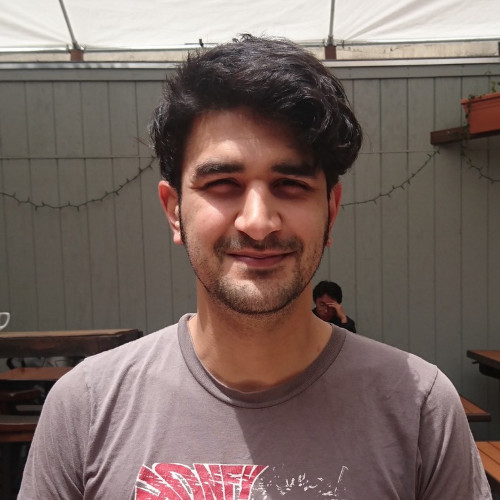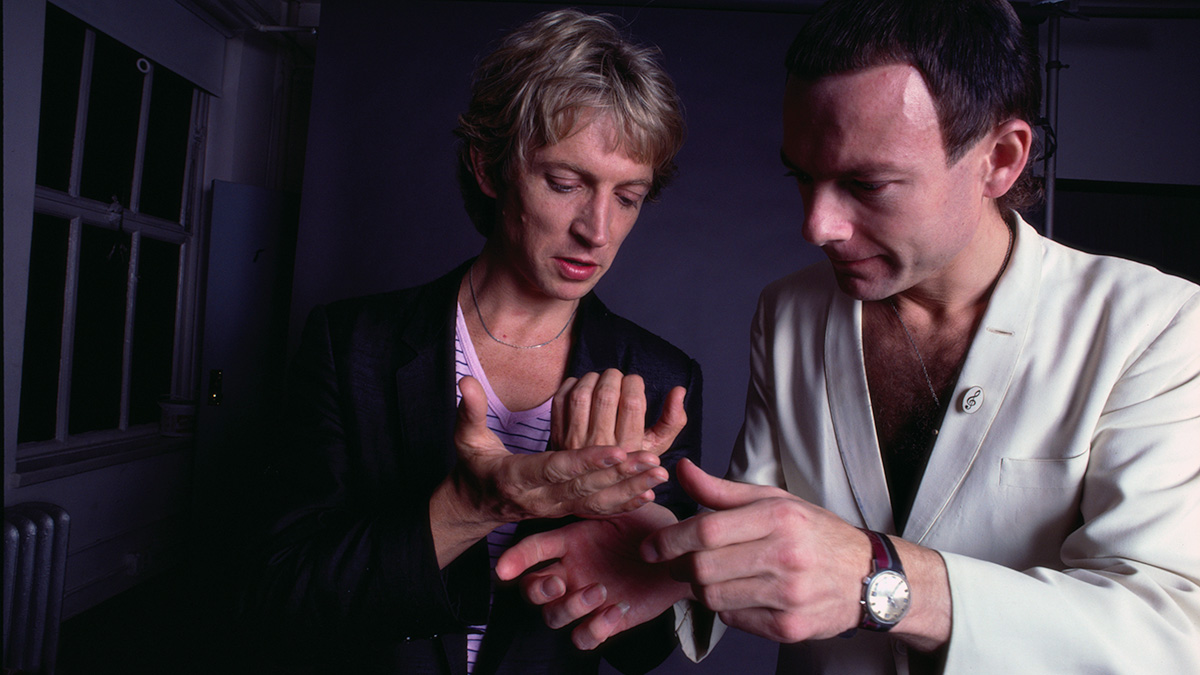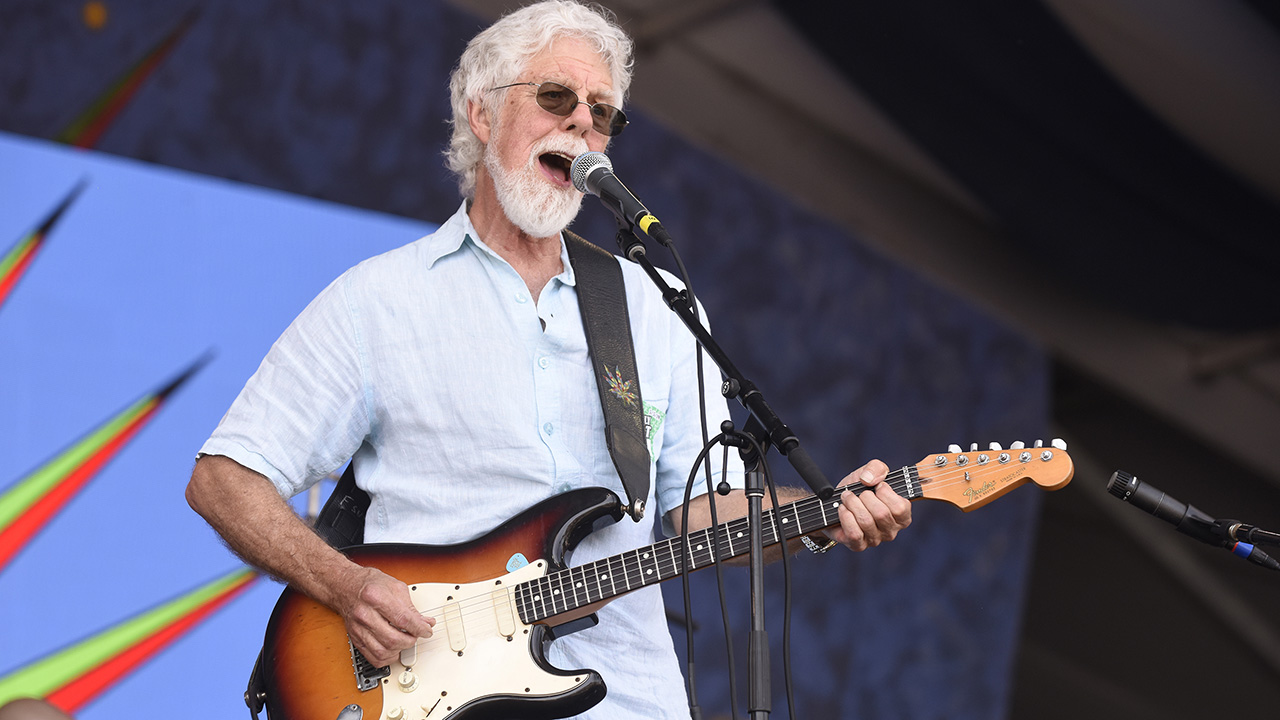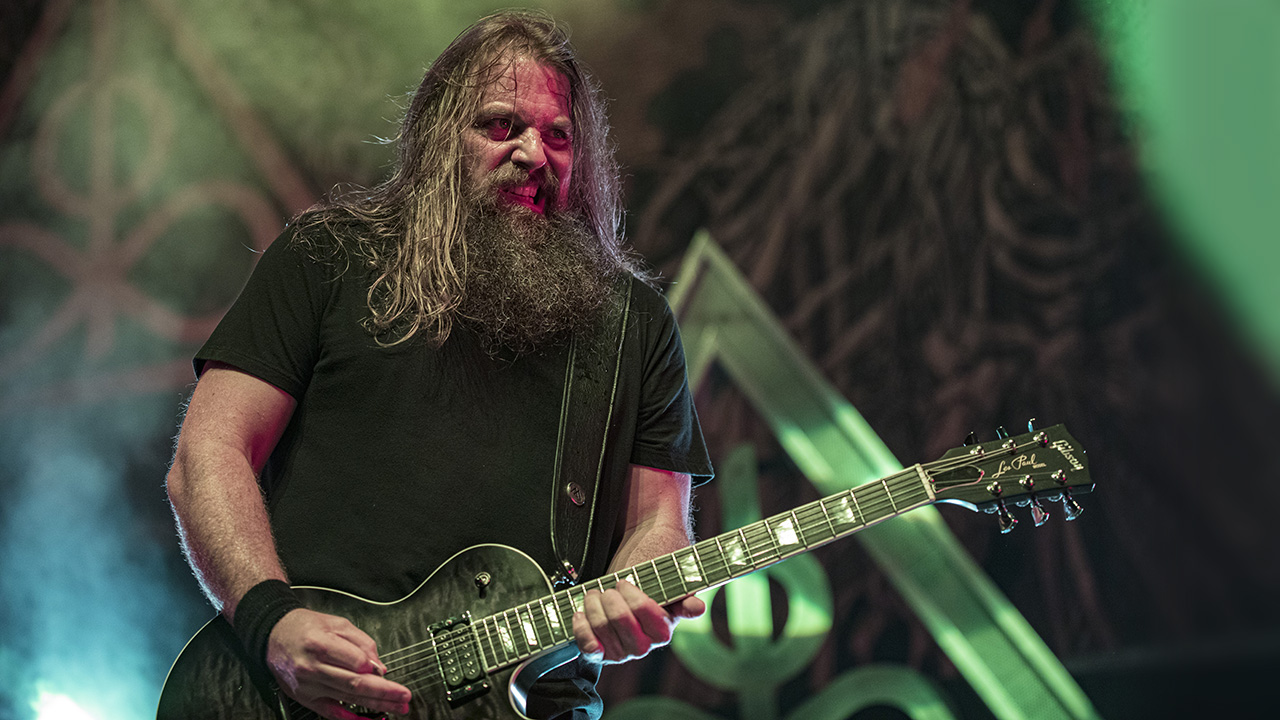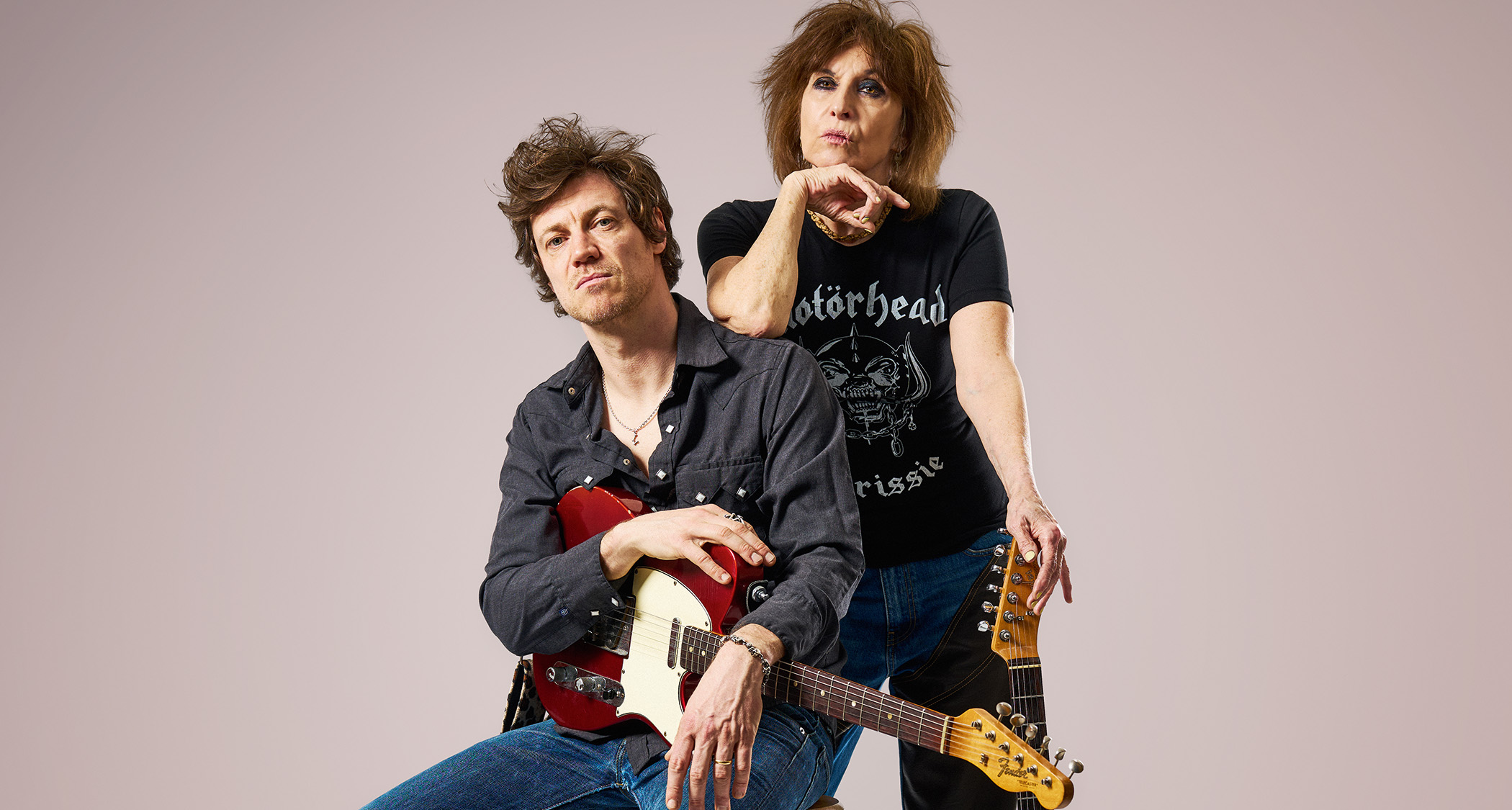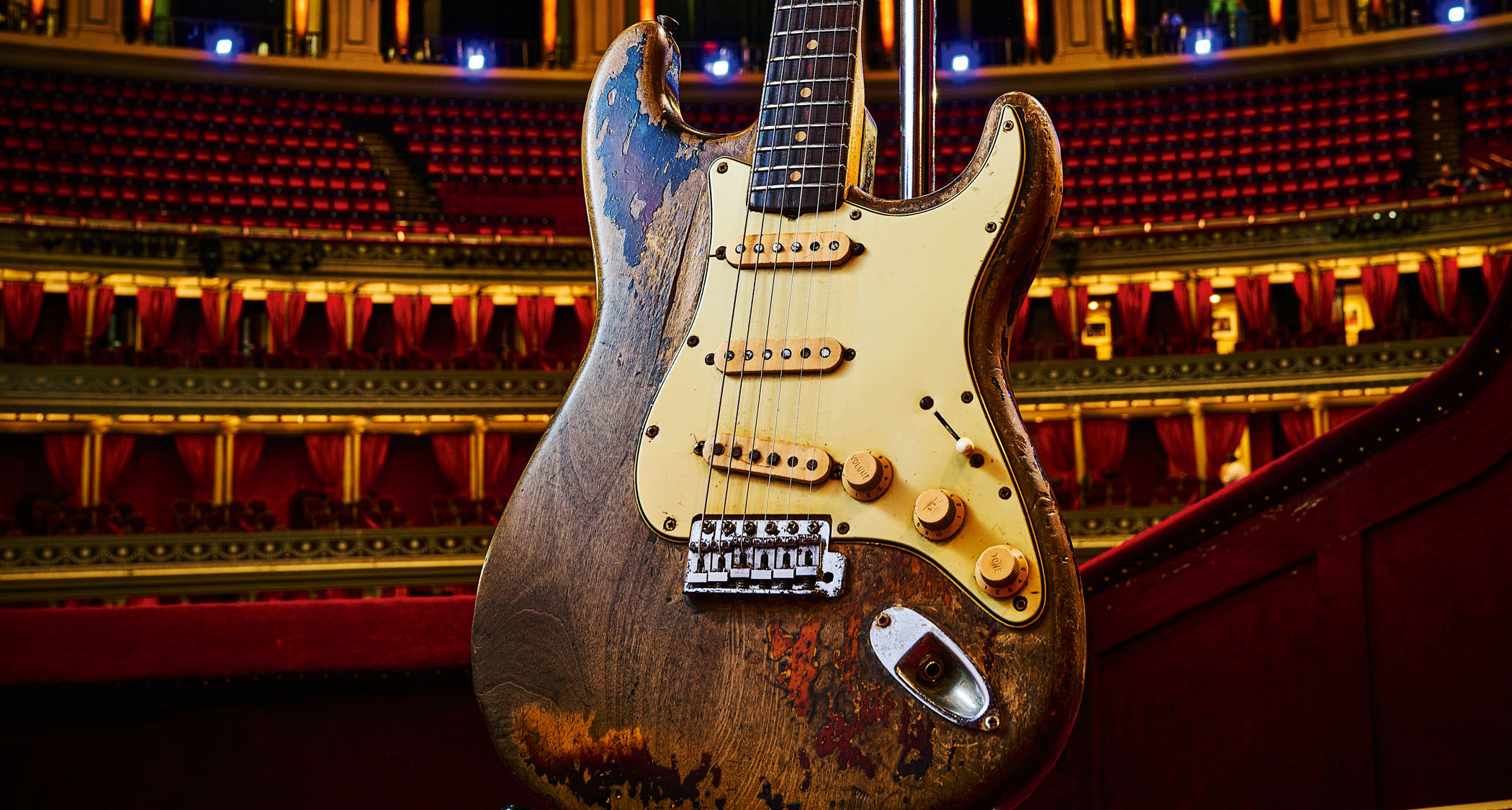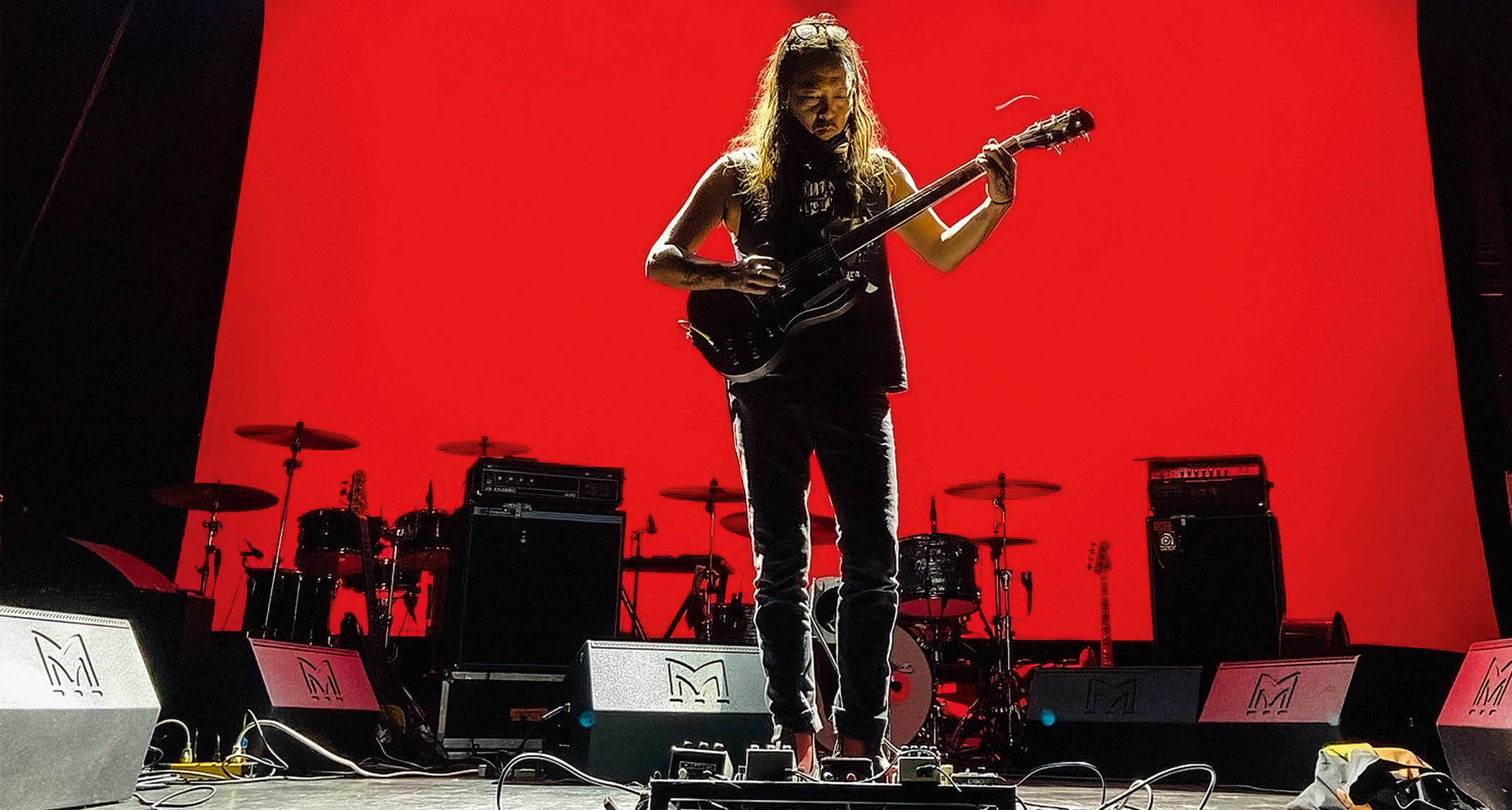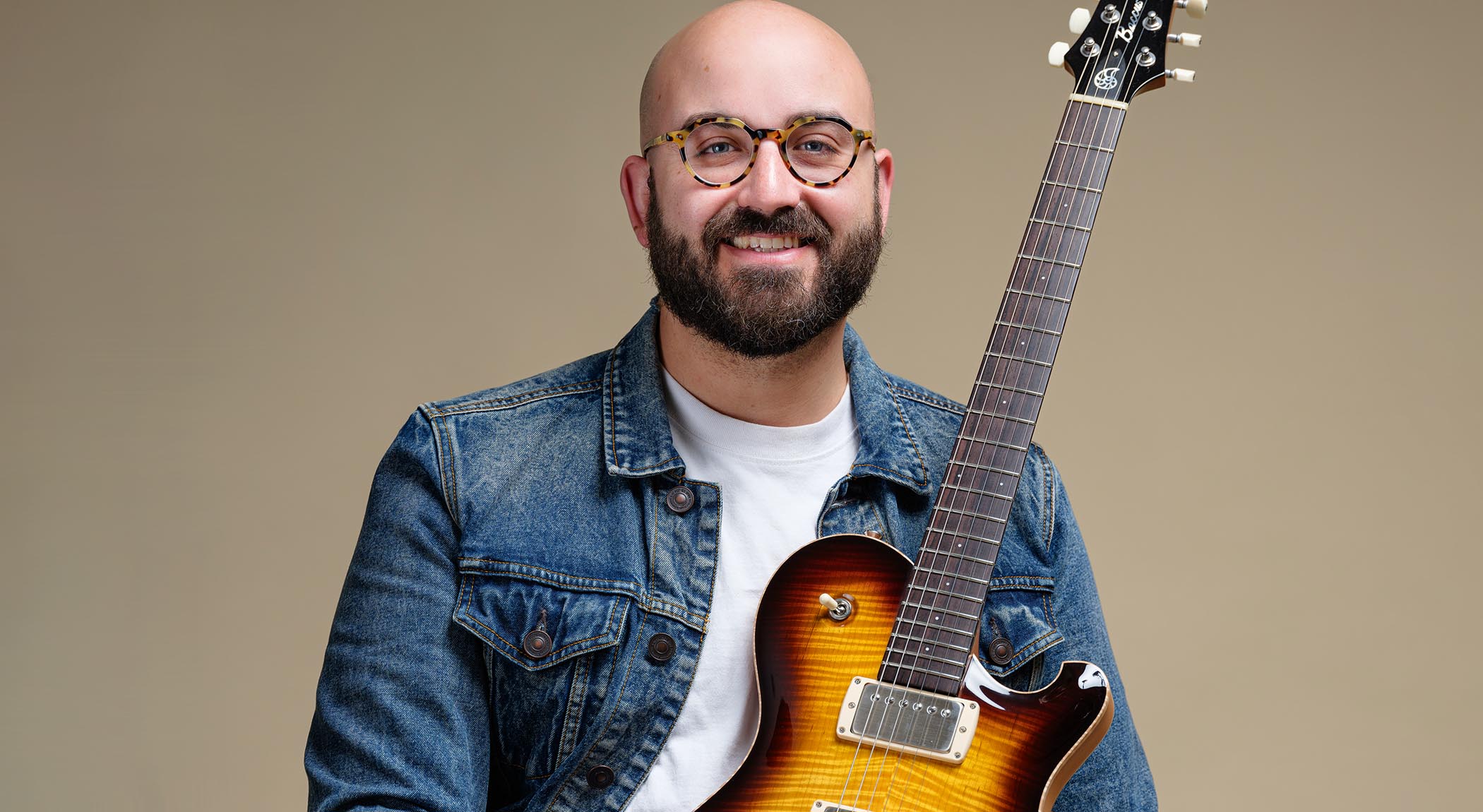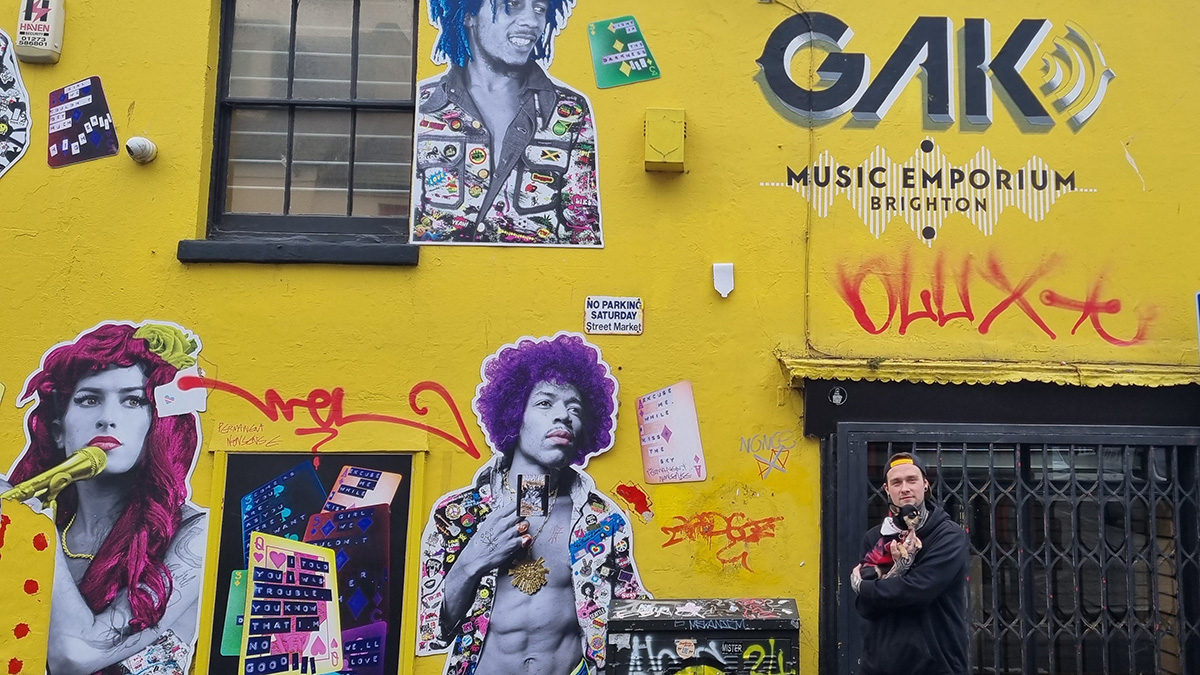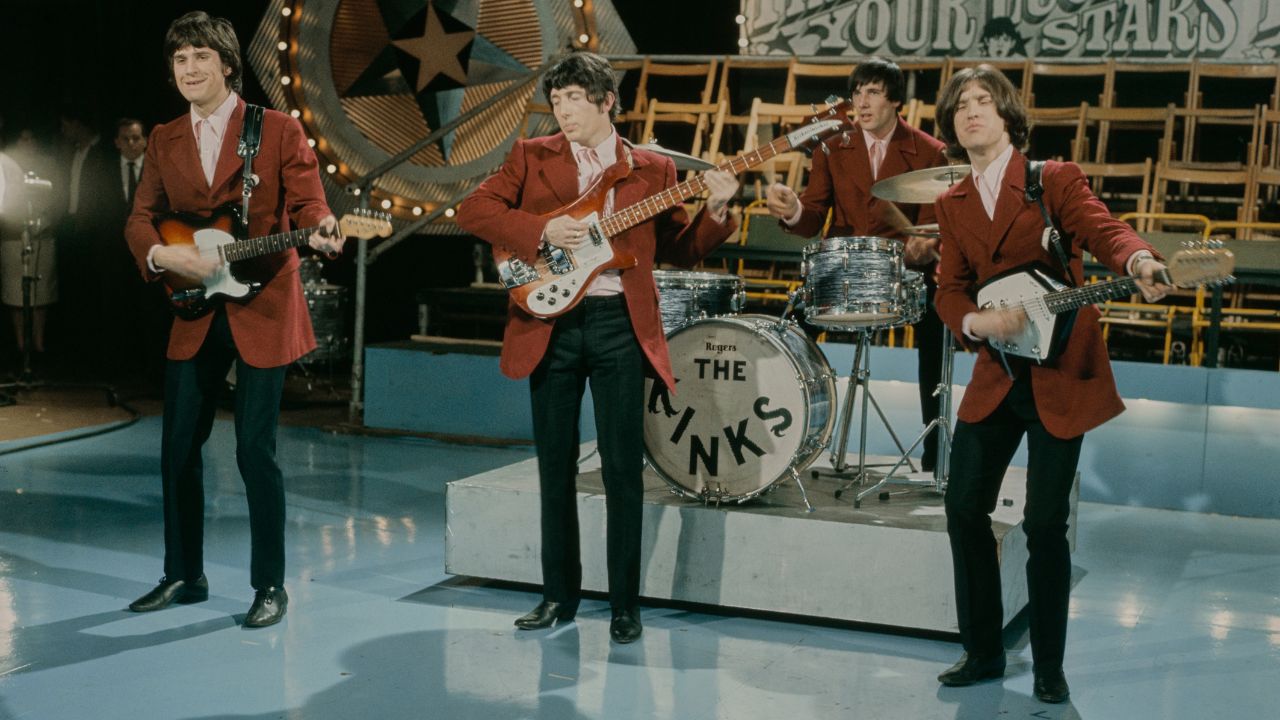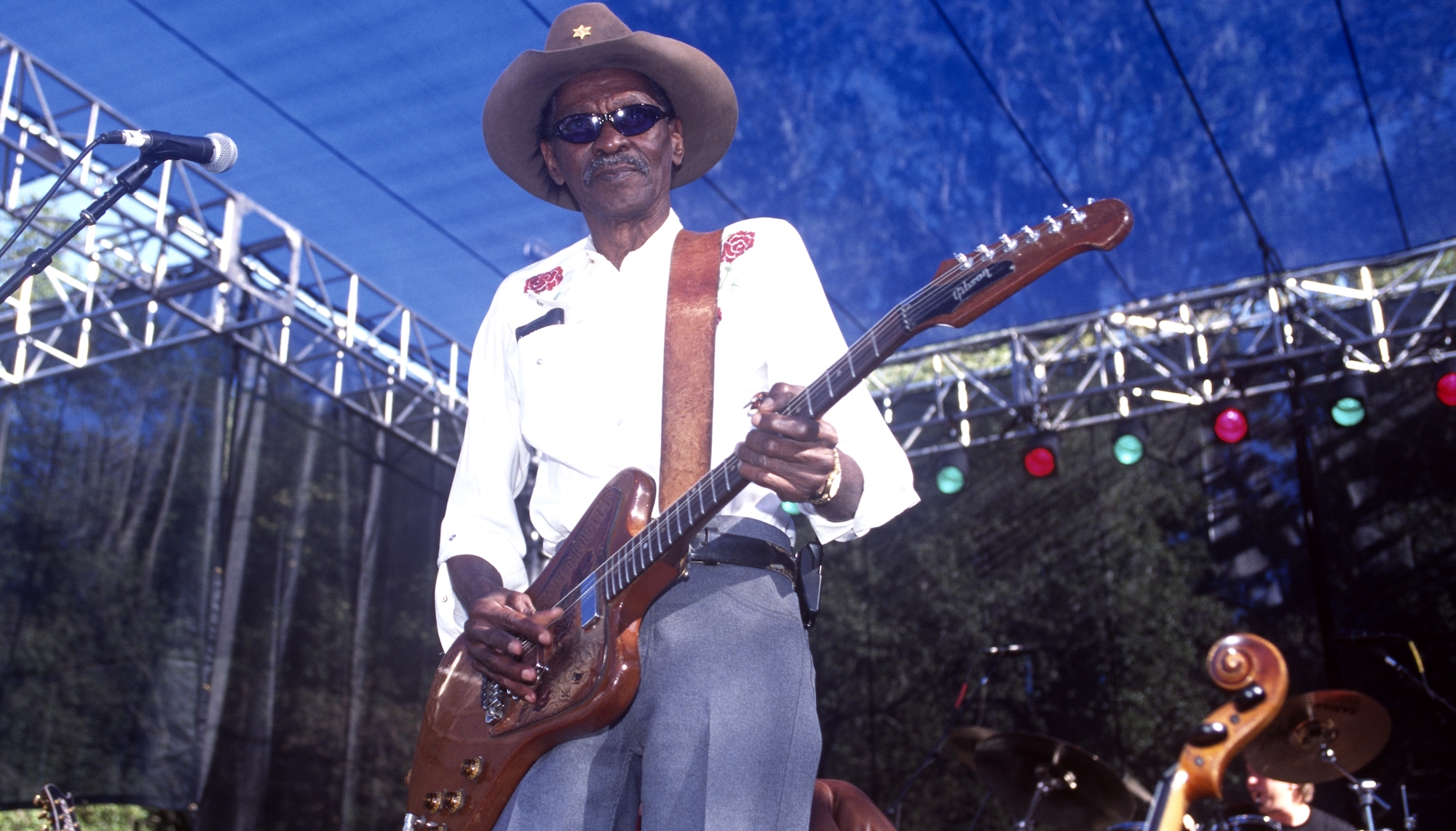How wild gear changeups, Irish guitar lessons and "way too much" Boss Metal Zone helped Russian Circles make their heaviest album yet
Mike Sullivan details working with Kurt Ballou on Gnosis, how the band's gear theft impacted his guitar rig and why there's no such thing as bad tone
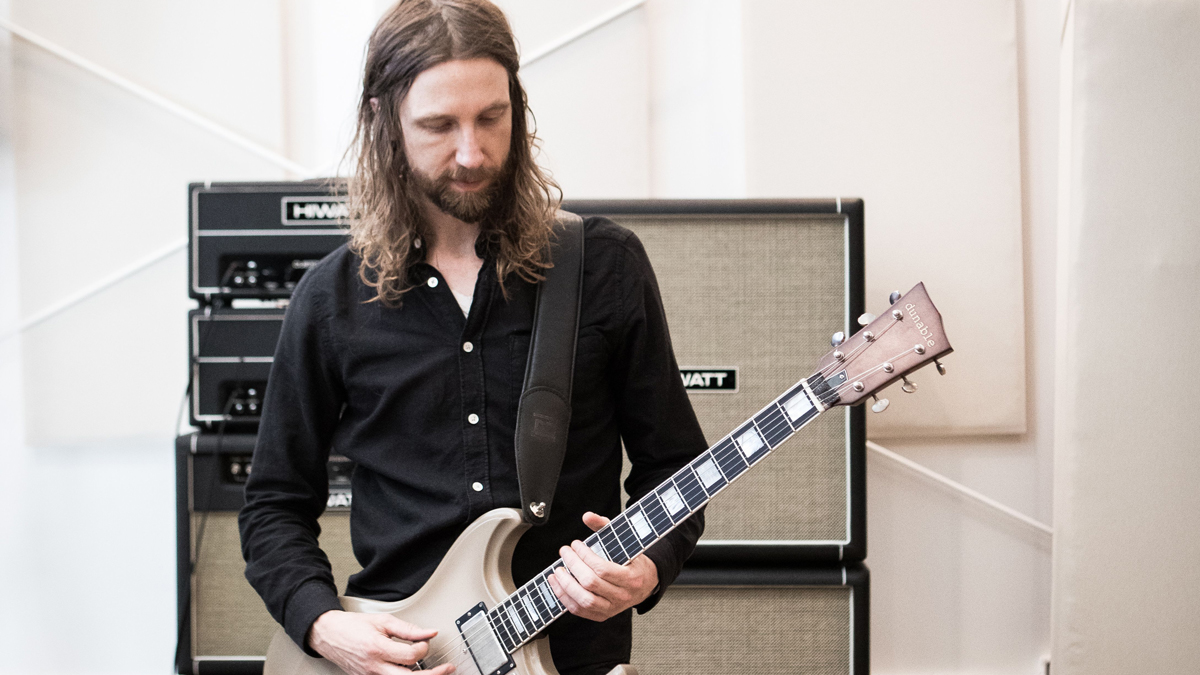
Russian Circles have come back swinging from the pandemic. Their new record, Gnosis, is their most unapologetically heavy yet. That's saying something, because their last album, 2019's Blood Year, was already crushing.
There's an even greater directness to Gnosis. It builds on their trademark blend of post-metal, black metal atmospherics, and calculated use of dissonance. Pure metallic catharsis is no longer confined to just the climax of a track, but forms the bedrock of many of the strongest riffs on the record.
From the lead track Conduit on, there's a singularity of purpose to Gnosis. It pummels the listener not simply with riffs, but riffs with a strong melodic hook. It's not an undynamic record, either. In fact, thanks to the deft hand of Kurt Ballou on production, the mix has room to breathe in between the hammer blows.
Like many bands, Russian Circles threw themselves back into touring at the earliest opportunity. Some of those first gigs back were opening for System of a Down, their biggest shows since supporting Tool back in the mid-2000s.
However, this huge opportunity was almost derailed at the last minute when their gear was stolen en-route. We got on the phone with guitarist Mike Sullivan to get the story, as well as the lowdown on Gnosis.
First of all, sorry to hear about the gear theft. That sounds like a stressful episode.
“To sum it up, it wasn't all that bad. There was the initial shock of realizing that 95 percent of your gear on tour is gone, and the violated feeling, that was a shock. But our friends and the community rallied, and the community became a lot bigger than we realized. The music community, and the people who wanted to help.
Get The Pick Newsletter
All the latest guitar news, interviews, lessons, reviews, deals and more, direct to your inbox!
“It was so nice to see who was willing to help, who was willing to lend gear, what companies came out of the woodwork, that we knew and didn't know – it was like a eulogy or something. You never get to hear your eulogy, you know? You're dead for that. So it was like 'Oh wow, all these people seem to give a fuck about us – that's remarkable.'”
So was there a silver lining?
“Thankfully, just because we have a bit of history, we were able to get enough gear and rally to play the remaining shows of the tour... It quickly became apparent that these are just objects, these don't write the songs, these don't have a soul. Probably the biggest blow on that was Brian [Cook, bass]'s Taurus was stolen, and another Moog synth, that had custom presets for Gnosis. So the synth work on Gnosis will always sound a little bit different. That's a bummer.”
How did the shows go?
“To be honest, I started playing a guitar that I'd never played before by Dunable, [lent by] our friends in Chelsea Wolfe – they had a guitar, and they lived near – they were like, 'Here, take this guitar.' I needed anything: I just needed a guitar with humbuckers, you know? That's all I cared about. We got cabs from them, and a guitar, and I ended up falling in love with that Dunable Gnarwhal, and that's now my favourite guitar that I've played, to be honest.”
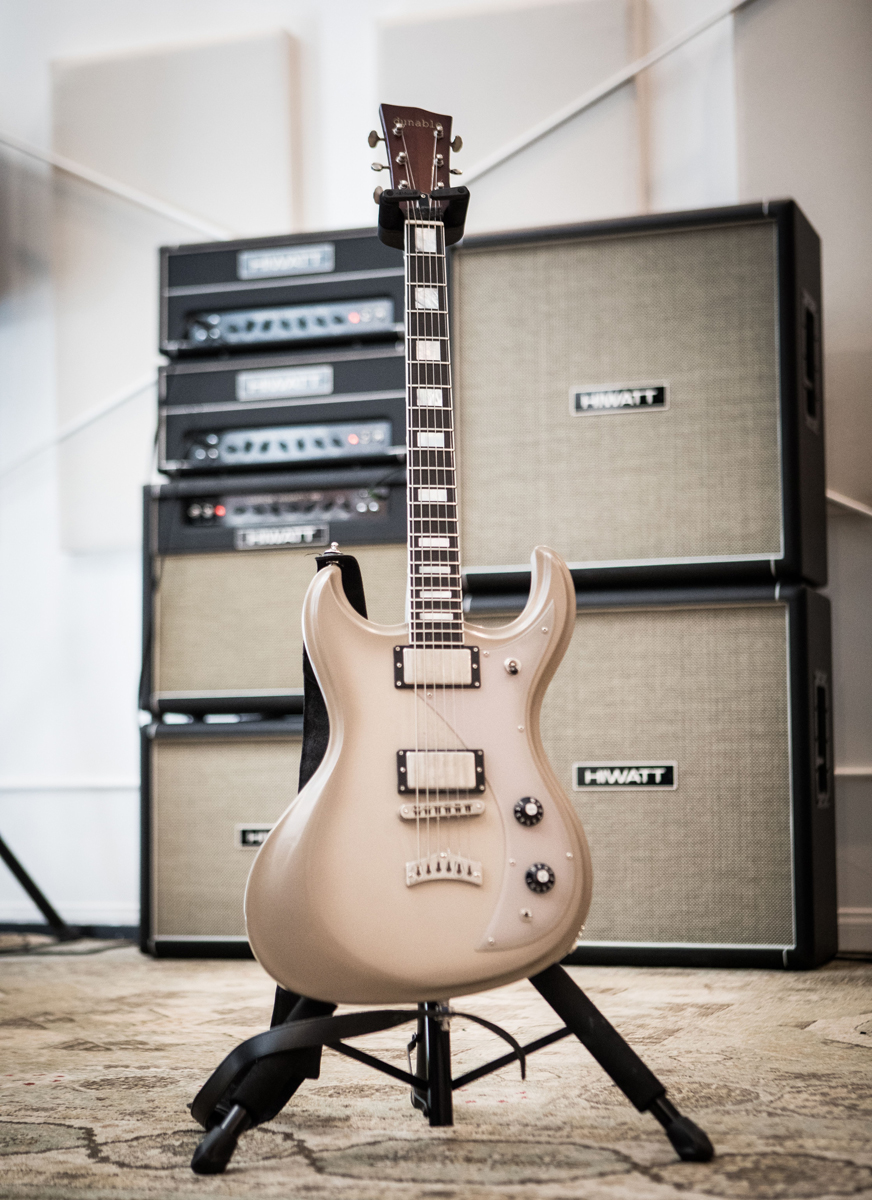
What did you do about amps?
“Hiwatt came out of the woodwork, with whom I had no prior relationship whatsoever. They hit me up and said, 'Hey, sorry to hear about what happened – how can we help? Do you need to borrow some gear before the final shows?' Normally I don't take people up on those kind of offers, but I needed gear, you know? There was no way around it. So I was like, 'You know what, let's try this.'
“They set me up with a local rental company that had Hiwatt gear and it absolutely blew me away. The minute I plugged into those amps with my pedalboard, I was shedding gain pedals right and left, just because it sounded so good through the amp. I would probably have never played Hiwatt and fallen for it so hard if not for that experience.”
Will you go back to Fenders now the immediate crisis is over?
“My days with Fender amps were not working anymore. They sounded good, but on stage I couldn't hear myself. I missed 4x12s, and having loud-ass amplifiers on stage, you know? So for me, it was like going back to the early days, where I played Sunn heads and Sunn cabs, and it was just loud as fuck. I missed it so much, and it just feels good to be back. The Hiwatts are easier to sculpt and mould into the tone you want.”
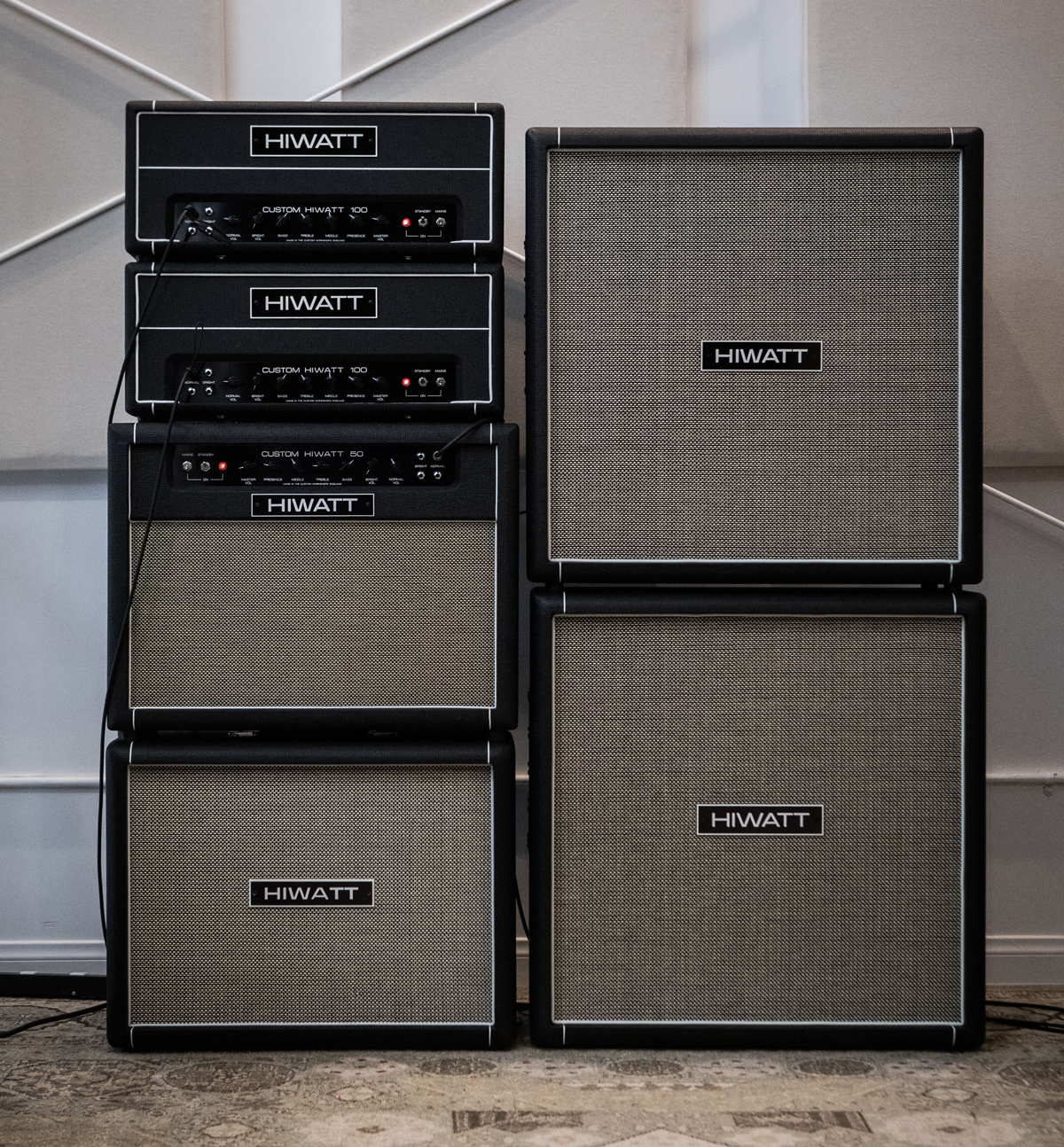
So on to Gnosis, that was recorded before all this right? What amps did you use there?
“We used three amps, and they were all Traynors. A Mark 3, maybe, and a Reverb Master. The Gibson Titan made an appearance, which is an amazing amp. I know that [Stephen] Brodsky uses that amp a lot at God City, too. It's a killer fucking amp.”
The whole record was tracked with Kurt Ballou at God City, right?
“All the guitars were done at God City, at his studio, which was by design as he has so much gear to choose [from] and he knows what to throw at what song, and what to recommend. So he's a huge asset in the studio for the guitar tones. Half the thing at God City is us putting our heads together and finding a suitable tone for each track, and he is the king of that, as far as I'm concerned. He knows what I look for in a guitar tone.”
Can you break down how you found the tones for the new album?
“We always do a shootout at the start of each record, and play through all his amps that might work, you know? We did that this time, and the Traynors were sounding best. If I had the Hiwatts now, I imagine we'd be using the Hiwatts. I'm very open, though, in the studio. Whatever sounds best is going to win, no contest. I'm not loyal to anything; it's a case of making it the best-sounding version of whatever we're trying to do.”
What guitars did you use? Yours, or Kurt's?
“The approach to guitar was the same. I brought a Les Paul or two out there, which wasn't sounding quite right for what we were after. So what I used for most of the songs was a Wild Customs [Firewild]. I don't have a clue what was in the pickups, or what the pickups were, but it sounded great. We tried all kinds of guitars… maybe it had hotter pickups. Rosewood neck, mahogany body, maybe maple top, I don't know. For whatever reason, that really worked out.
Kurt Ballou has a seemingly bottomless pit of pedals to choose from, and I wouldn't say no to anything
“That was used on almost everything except for Ó Braonáin, which was a hollow-body Gretsch, maybe, that Kurt had, into a Twin Reverb or something. In some cases, for clean tones we would go for other amps that were more suitable for that vibe.”
Can you remember what pedals you used?
“Part of the daily chore was not letting the floor get covered in pedals completely. Moving some of them out of the way, because we needed to have some semblance of a room, not just a pedal explosion. Kurt has a seemingly bottomless pit of pedals to choose from, and I wouldn't say no to anything. I'd say, 'Let's try it!'”
So it wasn't just what's on your touring pedalboard, then.
Every song we'd take apart the pedalboard; there was no pedalboard in the studio. It was a mound of pedals that we would go through, and just try different setups until we found a compelling tone. We do that just so there's not the same tone for the entire record. So after each song, we'd disassemble whatever we had and try it again. There was a Metal Zone, there was an HM-2, numerous Boss pedals, all kinds of Kurt's God City Instruments pedals.”
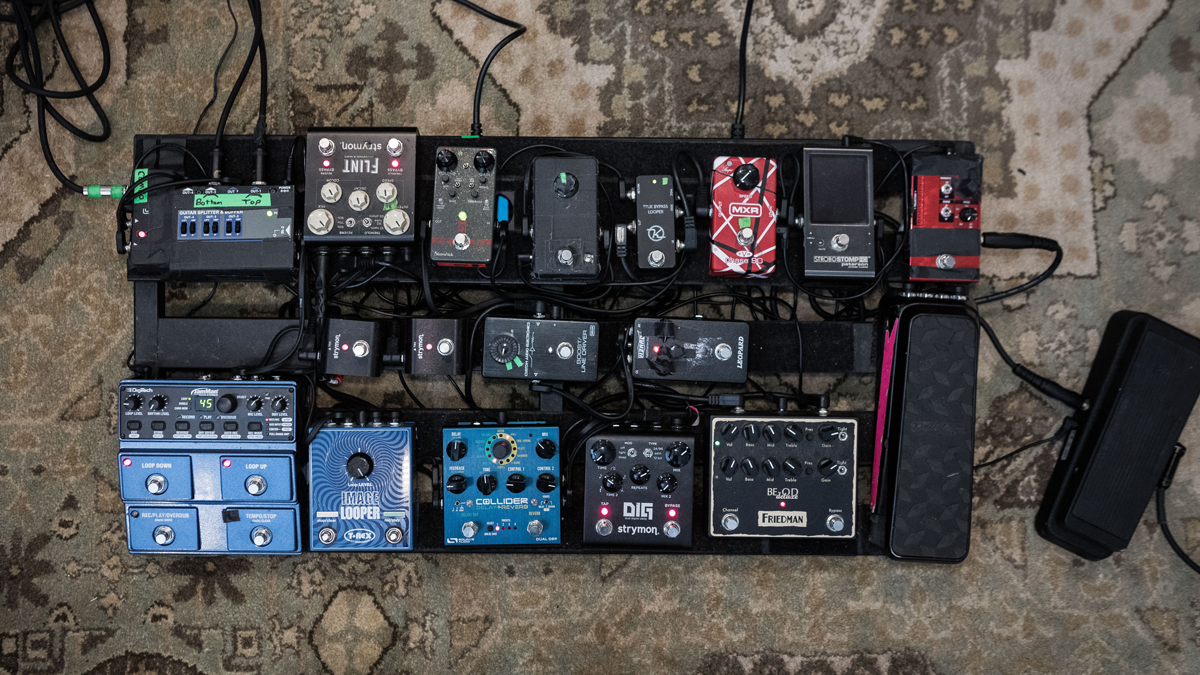
Anything that stood out, or got used a lot?
“As far as surefire keepers, some of Kurt's pedals kept finding their way into the mix. A lot of the tones were several gain pedals mixed together. It was rarely ever one pedal: it was always the sum of its parts.
“The Walrus Audio Eras was used quite a bit, a pedal called the [Dunwich] Witchfinder, a GCI Optical Gain Reducer, a GCI Jugendstil. That was another God City device that got a lot of action.
“The Metal Zone got used way too much, I'm embarrassed to say. The Metal Zone is one of those pedals that, if you pair it with another gain pedal, it's super-useful. The EQ is so malleable. You can make some unpleasant noises, but you can make some great noises, so it's often overlooked. It's a punchline pedal but it's actually useful, especially in the mix.
Tone is like color: there's no bad color. There's no bad tone; it's just how you stack these tones together
“Walrus Audio stuff made it a lot, like the Luminary, a polyoctave type thing, that was useful at certain moments. The B9 by Electro-Harmonix, we used that a bit.”
Sounds like the primary focus was on gain pedals, though.
“So many gain pedals, tried in different combinations. Tone is like color: there's no bad color. There's no bad tone; it's just how you stack these tones together. The worst tone ever might augment a woolier, thicker tone. A conventionally 'good' tone, that is. They might sit totally compatibly in the mix. A lot of it was keeping that in mind.”
What was the writing process like for Gnosis?
“At the start of the pandemic, it was like, 'We're not touring, so I should get into writing stuff immediately.' We canceled a tour that was going to start on March 11 in Europe. So for the first time ever, I got into drum software. Like, playing along to drum patterns and picking which ones you want. I got this double bass, over-the-top death-metal drumbeat going, looped that, and set up a few parts. Conduit was just that, riffing out to a few over-the-top double-kick beats.”
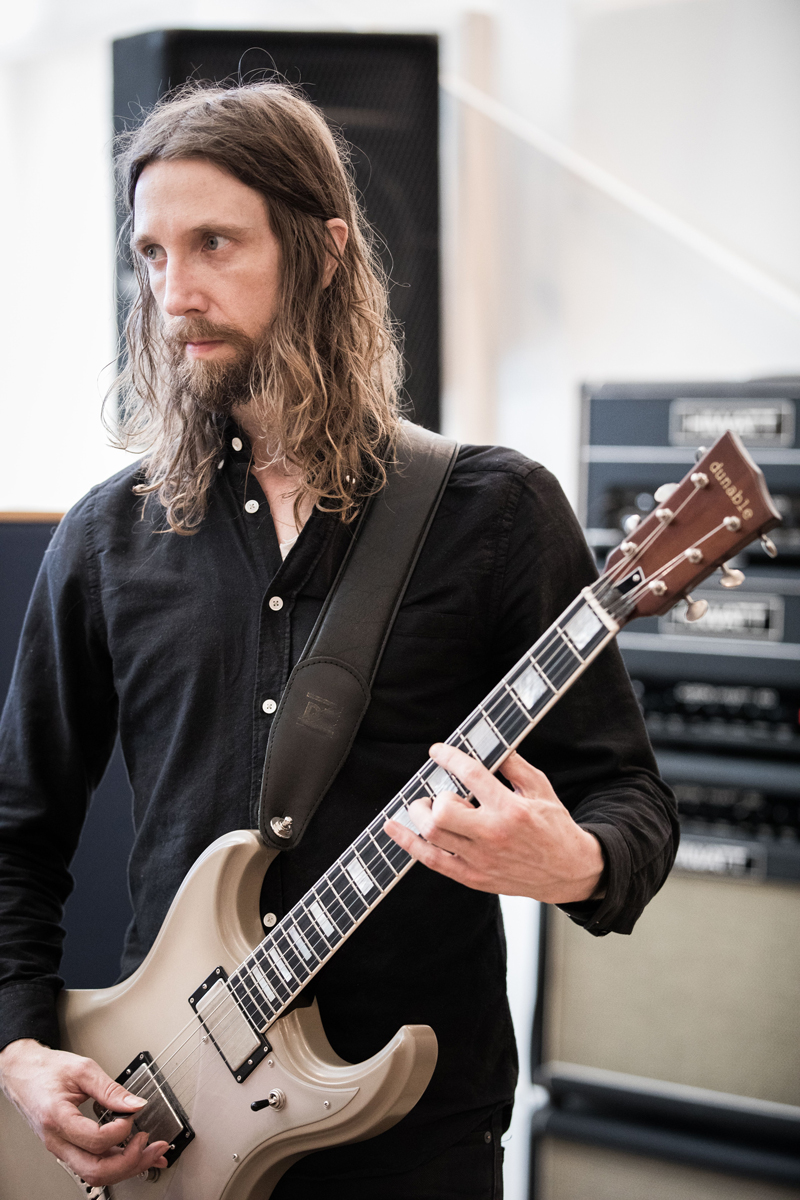
How long did it take to write the album? Was it all written during the pandemic?
“Bloom had been worked on at the end of Blood Year. At some point between 2019 and 2020, Bloom was out there as a song that I was messing with. But everything else came 100 percent after [the start of] the pandemic. That was my goal: to write every day. It was like going to the office for me, in a fun, exciting way. Let's just open a session and work on stuff.”
How do you keep motivated if you're working that intensely, clocking in and out? Is it hard to separate the killer from filler?
“It's not all keeper. Some of it is sifting through stuff. Brian was working on his end too, and we kept Dave [Turncrantz, drums] in touch. Every time I sent an arrangement out, there would be one with a click, and one with bullshit drums, just for reference. Dave would come in and make the drum parts 1000 percent better. Once the arrangement was finalized, everybody would drop their parts on top of it, and the song would start to come to life.”
Was it difficult working remotely, and writing using the computer?
“Songs like Conduit happened immediately, I sent it off to the dudes and they were like 'cool', but other songs like Gnosis, that was a song that I'd had along for years. When I submitted it to the band it was way more out there, almost a world-music kind of a vibe. It wasn't met with much enthusiasm. It was, 'That's cool, but that's not us.' So it was re-framed in more of a rock context, and that had legs, all of a sudden.”
What tunings did you use for the new album? It's probably your heaviest yet. Was it a case of serious drop tuning?
“[Sometimes you realize] that's too low, like, it's a faster riff, and it needs a tighter, percussive vibe to it. It's interesting that lower isn't always better. We think it's synonymous with heavy, detuned lower guitars. But at a certain point it needs to service the riff, you know? It's fun to play with the riffs, throw them in different tunings and different keys, but it's going to be wildly different, and the effect and impact of the song can get lost.
“A lot of it was based around DADGAD, more so than previous records. The main one was kind of like a drop-A version of DADGAD. From low to high, AADGAD. I started off with DADGAD years ago, and experimented with dropping that A. I did that on Afrika, on Guidance, and then that tuning spilled over to Blood Year, except up a full step, BBEABE. But some songs sound better lower. Some songs are in DADGAD, like Ó Braonáin, that's straight up DADGAD, and Vlastimil is our first song in standard. B standard, but still standard.”
That's interesting. Most people probably associate DADGAD with midwest emo or Celtic folk music.
Heavy chugs and distortion, and playing fast, that's cool, but dissonance on a piano can be 10 times heavier than the fastest chug pattern
“I love Celtic music, and I took Irish guitar lessons. That was where I was introduced to DADGAD. I'm not into the melodic, upbeat parts of Celtic music. I like the really melancholic stuff, you know?”
What is it about DADGAD that spoke to you, other than the voicing?
“Having three Ds on a guitar was a game-changer for me, especially as far as trying to fill out as much sound as possible. There's always a pedal tone in Celtic music – a drone, essentially. That really stuck with me.
“We use drones all over the place. Whether it be a looped drone, just to bounce off what you're playing, or while you're tremolo picking, often there's an open, resonating string to be a reference note for the notes to either sound consonant, or dissonant, or rub in a gnarly way.
“A lot of Conduit is having open strings rubbing against it, to make it even more gnarly. Celtic music had a big influence on me, you wouldn't hear it, but just the approach to drones, I've found very useful.”
Use of drones and dissonance, along with tapping, is probably your calling card as a guitarist.
“The dissonance didn't come from Celtic music, but it made it easier to achieve. I grew up liking metal, and all that stuff that we should be into, but it wasn't until I got into Fugazi and Shellac that I realized dissonance is another tool of expression.
“Heavy chugs and distortion, and playing fast, that's cool, but dissonance on a piano can be 10 times heavier than the fastest chug pattern. That's saying a lot, you know? You feel it in your body, that dissonance. Dissonance is such an effective tool for getting your point across.”
- Gnosis is out now via Sargent House.
Alex Lynham is a gear obsessive who's been collecting and building modern and vintage equipment since he got his first Saturday job. Besides reviewing countless pedals for Total Guitar, he's written guides on how to build your first pedal, how to build a tube amp from a kit, and briefly went viral when he released a glitch delay pedal, the Atom Smasher.
“I’d go into a soundcheck, there’d be all these cases open and they’d say, ‘Choose one. We’ll give you a guitar.’ I’d be like, ‘No, thanks. I have a guitar’”: The Pretenders’ Chrissie Hynde and James Walbourne on what it takes to be a real guitar hero
“I knew the spirit of the Alice Cooper group was back – what we were making was very much an album that could’ve been in the '70s”: Original Alice Cooper lineup reunites after more than 50 years – and announces brand-new album



